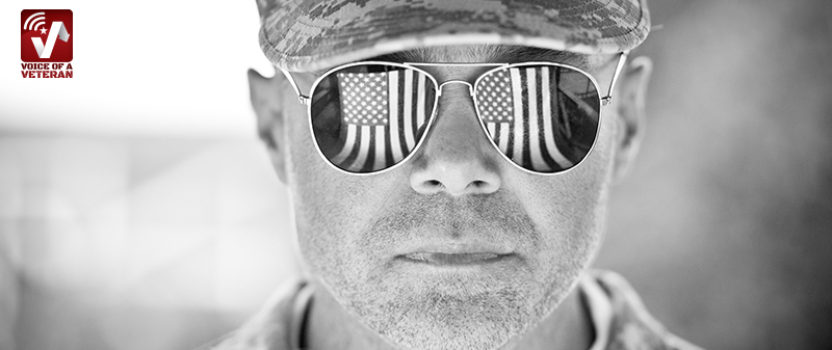UCMJ
In order to discuss the military and its time-honored tradition of non-judicial punishment (NJP), we must first define what the military says NJP is used for. A non-judicial punishment in the armed forces is a legal form of military justice authorized by Article 15 of the UCMJ. It permits commanders to administratively discipline service members without a court-martial. The Army refers to this simply as “Article 15.” The Navy refers to it as “captain’s mast.”
Army Article 15 vs. Navy Captain’s Mast
The Army has two types of Article 15 proceedings. The first is considered the lowest level, company grade. This is done by the company commander, and there are restrictions on the maximum amount of punishments allowed. The second proceeding is field grade, and this is done by a major or someone of higher rank. Its maximum punishment is much more than for a company grade. The major difference in the two isn’t just the maximum punishment. The offense and circumstances for each will affect which type of Article 15 a soldier will receive.
The Navy captain’s mast is a long time-honored tradition, much like a ceremony, and is very formal. The Army will do anything to avoid an Article 15. The Army takes its time and will begin discipline at the lowest level with the soldier’s team leader and then work higher. But the Navy, in my experience, will rely more on the captain’s mast than lower level discipline. During my time on a ship, captain’s mast was held every Wednesday. The Army, on the other hand, will do an Article 15 proceeding one person at a time and on any day.
Army’s View of Article 15
Here is the way the Army looks at it: the commander is always responsible when things go wrong and is never the sole reason for why things go right. It is his soldiers that make the positive happen. This is why the Army uses every remedy prior to doing an Article 15 on a soldier. They believe more in leadership by example and choosing the hard right over the easy wrong. This is why the lowest level of discipline is used, such as starting with a team leader or squad leader. If a soldier does pushups for corrective action, you will see their team leader or other levels right there doing pushup with them at the same time. I truly believe the Army gives its soldiers more of an opportunity to succeed and fix the issues or situation prior to an Article 15.
The seriousness of the offense and circumstances may also dictate that there is no other choice but to move forward with Article 15, if that is the case. The punishments handed down are going to differ again based on the offense, the circumstances, and the record of the soldier. The Navy will be likely to move forward with an Article 15 than the Army. I believe this is why the Navy has fewer second- and third-time offenders than the Army. They both will punish with loss of rank, restriction, extra duty, and forfeiture of pay. The Article 15 for each isn’t a career ender and is actually a great tool for corrective action. However, make sure the corrective action and the punishment fit the offense and aren’t just punishments. They both should be used to teach and train service members. In closing, the Article 15 and captain’s mast have been around for many years and are required to prevent further disciplinary action and to help a soldier or sailor become more successful.


